On Old Page Mill Road in Palo Alto, tucked in amongst scrubby California brush, next to the Matadero Creek, and on the border of Stanford University, is the Frenchman’s Tower.
Built-in 1875, this tower seems out of place and lost in time. The structure has long captured the imagination of visitors who have speculated about the Tower’s origin, purpose, and secrets. In imagination, it has been a library, a secret hideaway, an entrance to tunnels containing gold, a water tower, and part of a fortification used to protect its builders.
These days it seems to be a place for kids to get drunk and practice graffiti; a small hole carved through the back of the tower gives very small people access to the inside where they can party out of sight.
Graffiti is not new to the structure; some of the initials carved into the outside of the tower date back a hundred years and indicate that the youth of Palo Alto has long defaced the brick building. I could find dates from the 1920s and it was nearly impossible to find a brick that did not have something carved into it.
The original owner of the tower was Peter Coutts, a Frenchman who relocated to California after he lost his fortune, land, and property during the Franco-Prussian War. On the internets it’s hard to distinguish between the myth and the man; but, according to the Online Archive of California:
Jean-Baptiste Paulin Caperon (better known in California as Peter Coutts), was a successful French businessman, book collector and editor of the republican, anti-royalist paper, LA LIBERTÉ. Political disputes and health problems caused him to leave France and take up residence in California. In 1875 Caperon, now known as Peter Coutts, purchased 1,400 acres just north of Mayfield and named it Rancho Matadero. Coutts returned to Europe in 1880 to reclaim his confiscated estates and Rancho Matadero was sold to neighbor Leland Stanford.
Interestingly, the property in this area now sells for millions of dollars and the names: Escondite Cottage, Peter Coutts Road, Peter Coutts Circle, and Rancho Matadero, are all not-so-subtle reminders of the Frenchman who caused a flurry of gossip in Palo Alto with his tower and sudden departure back to France in 1880 with no explanation to friends and neighbours.
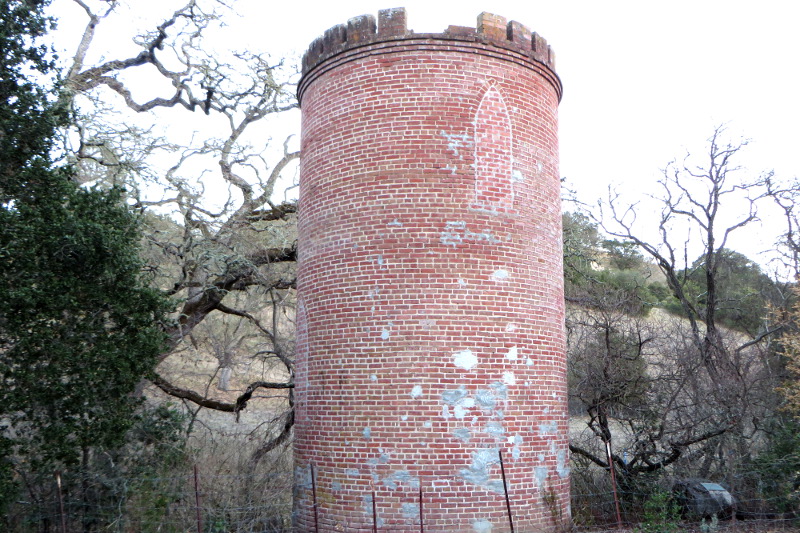
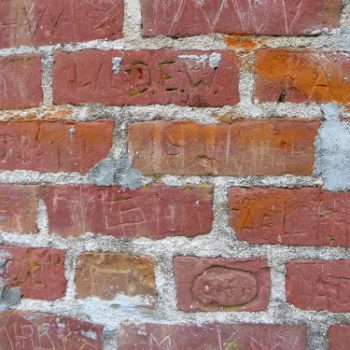
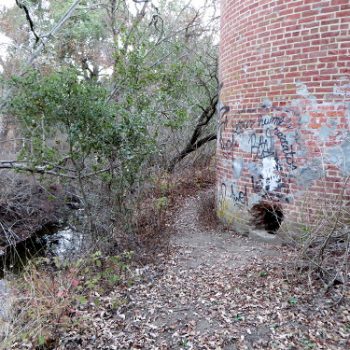
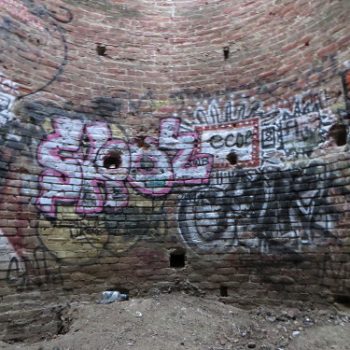
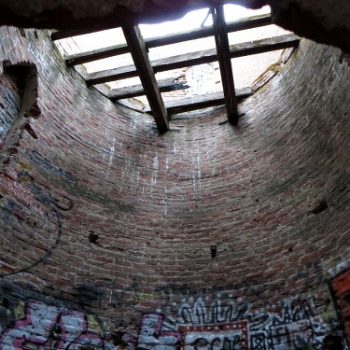
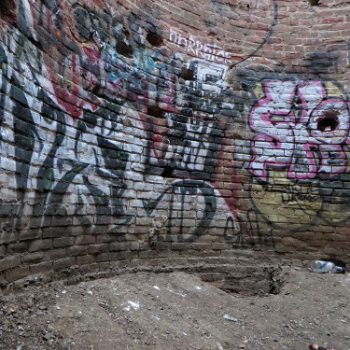
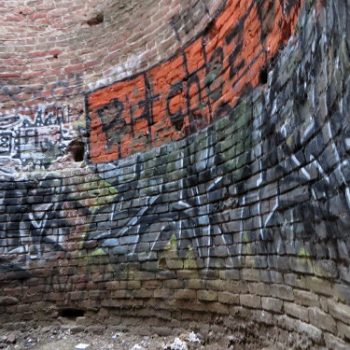
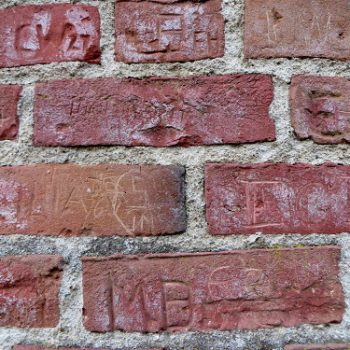
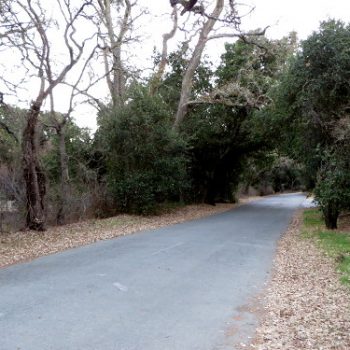
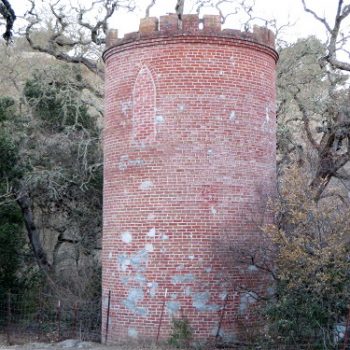
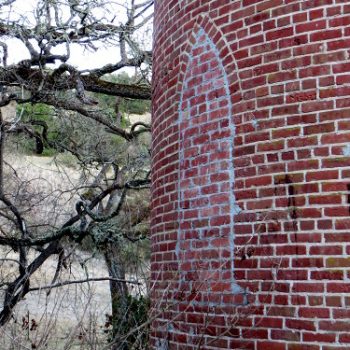
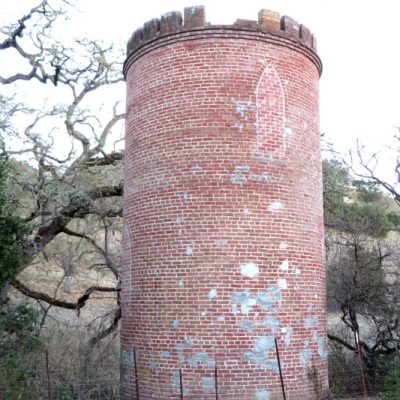
0 comments on “The Frenchman’s Tower of Palo Alto — a Place Lost in Time”Add yours →